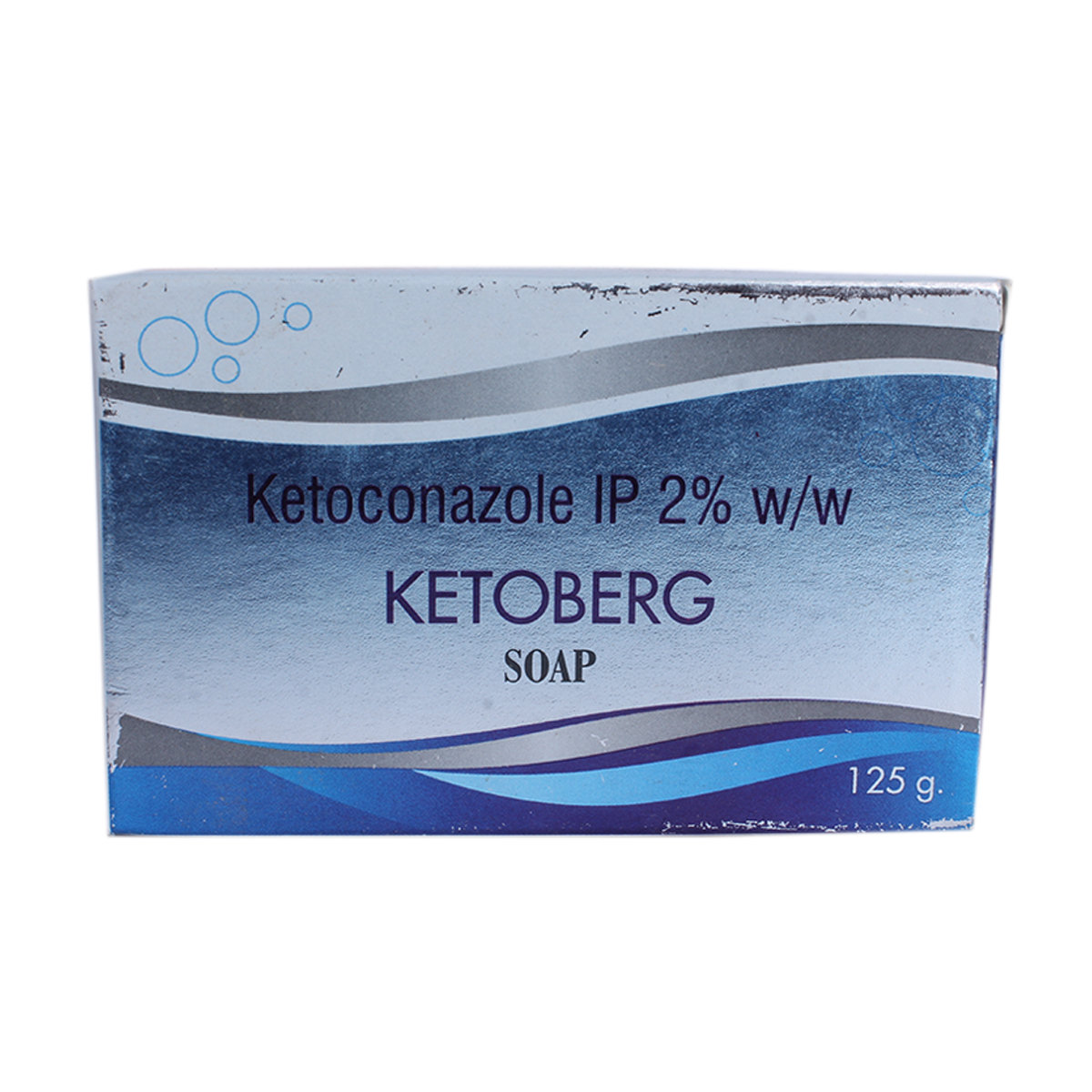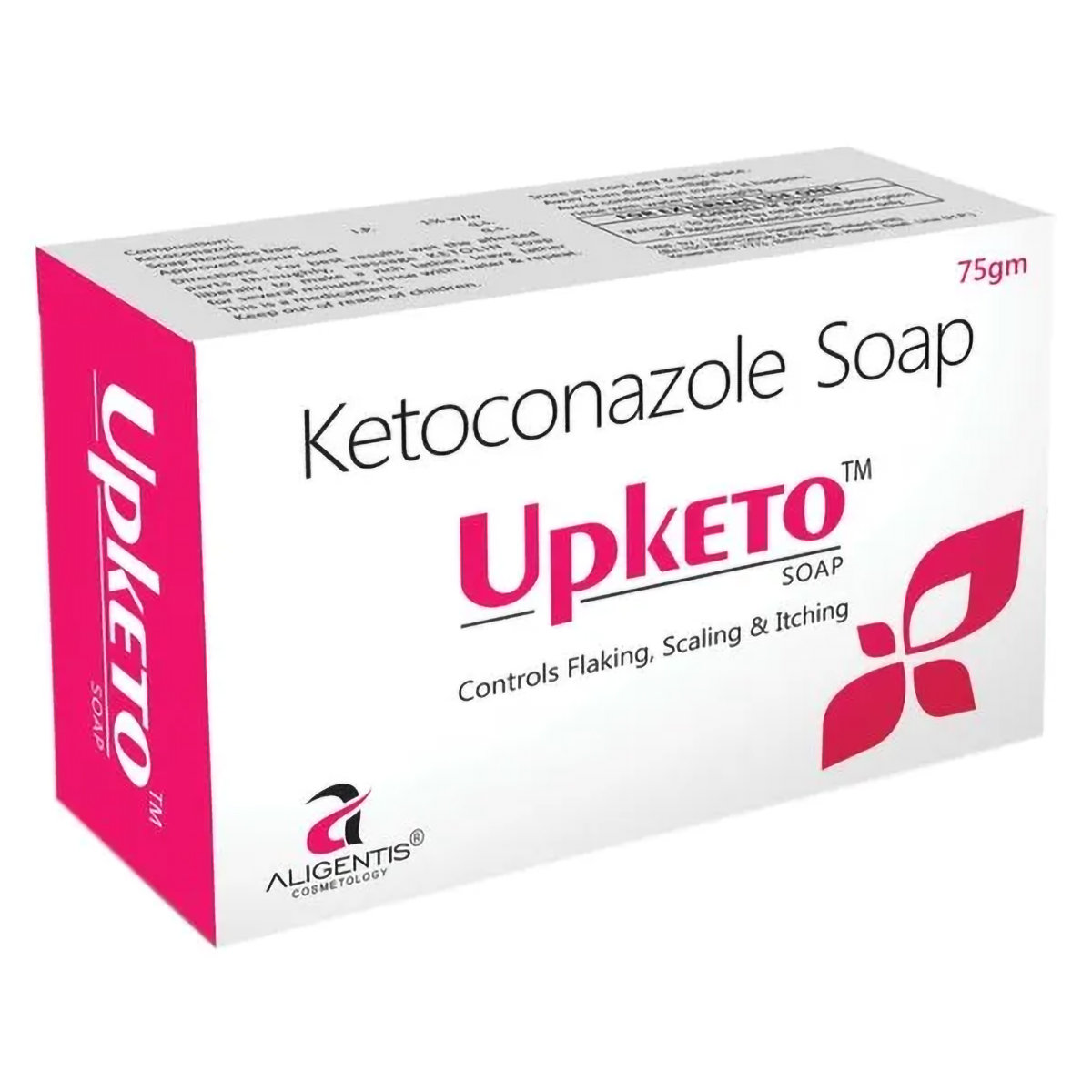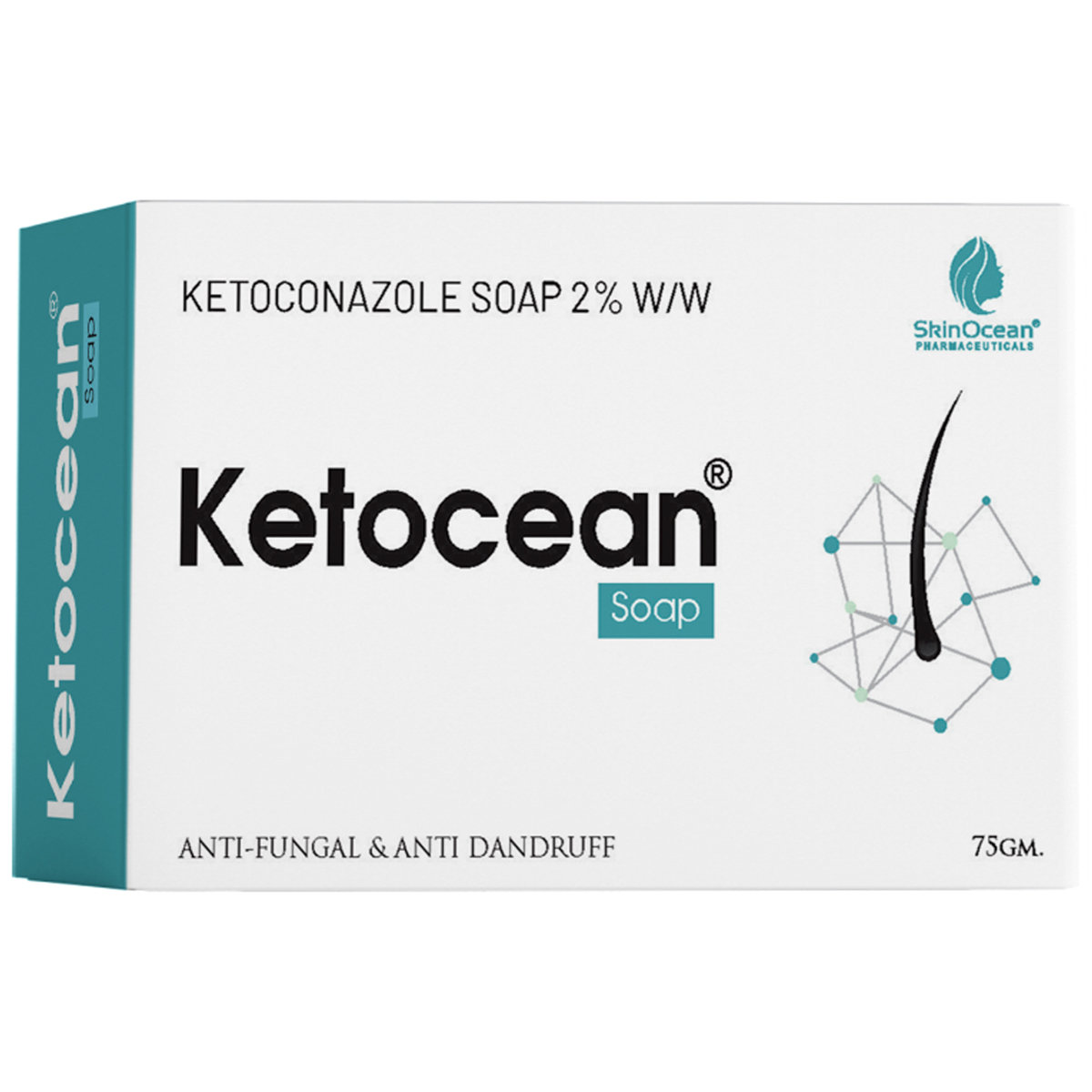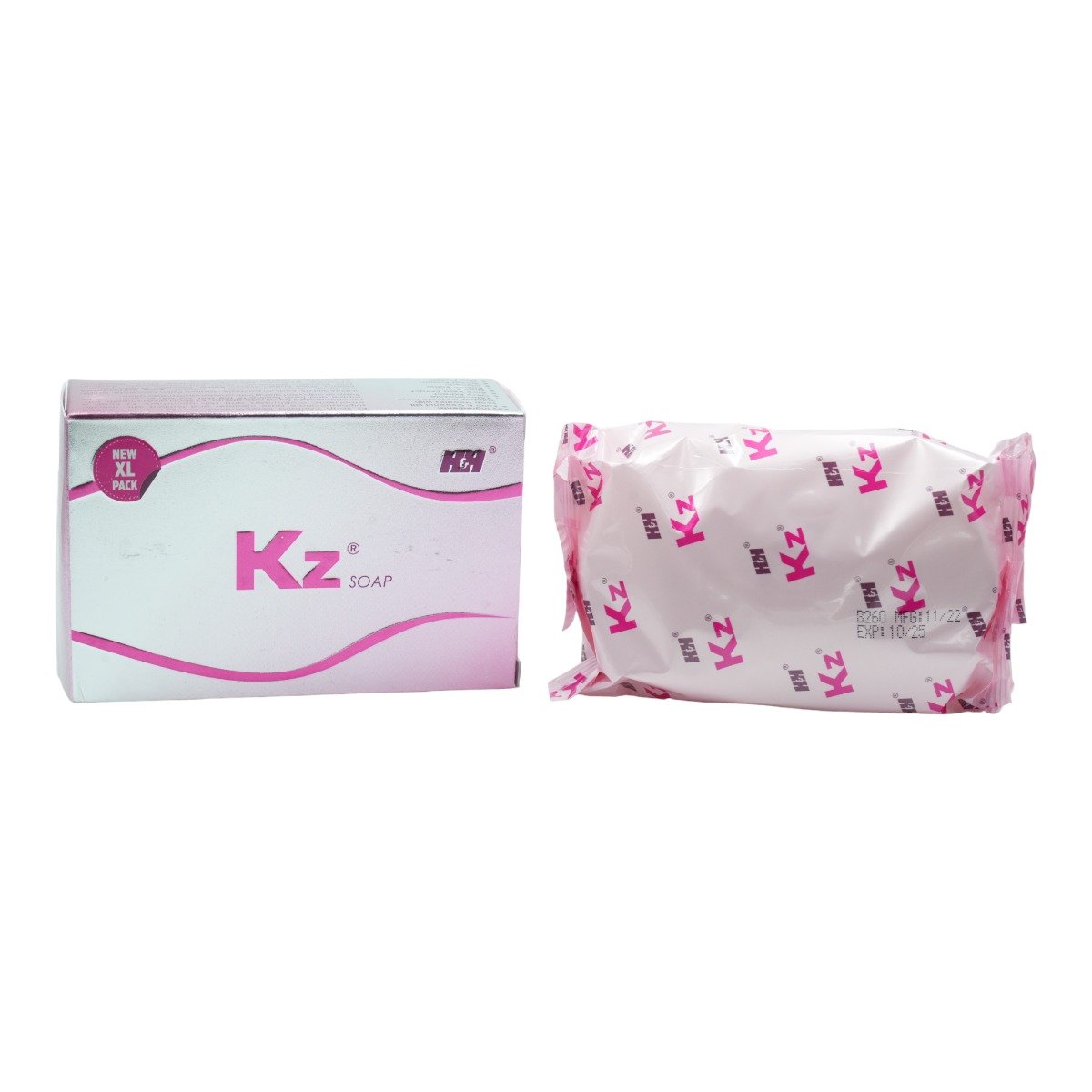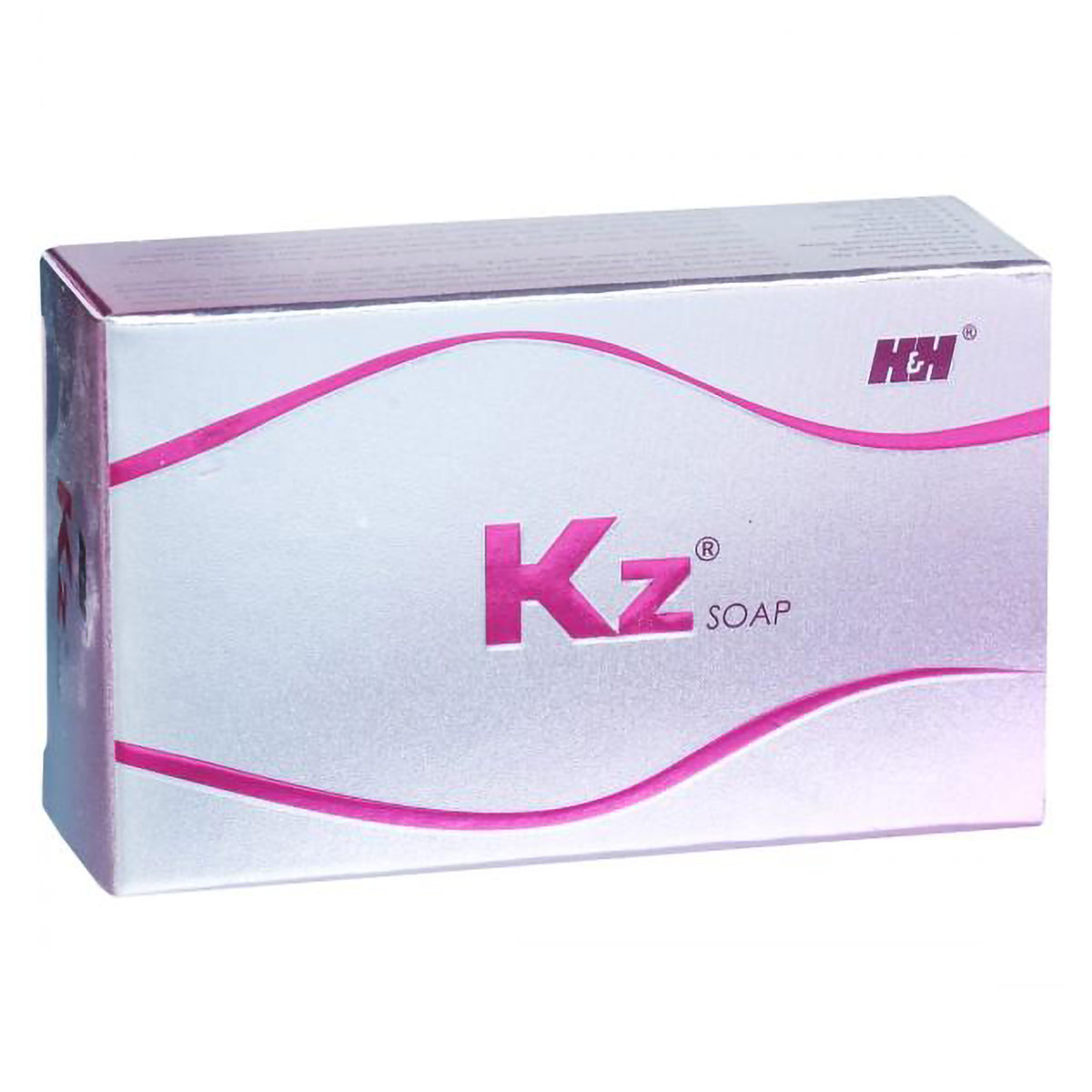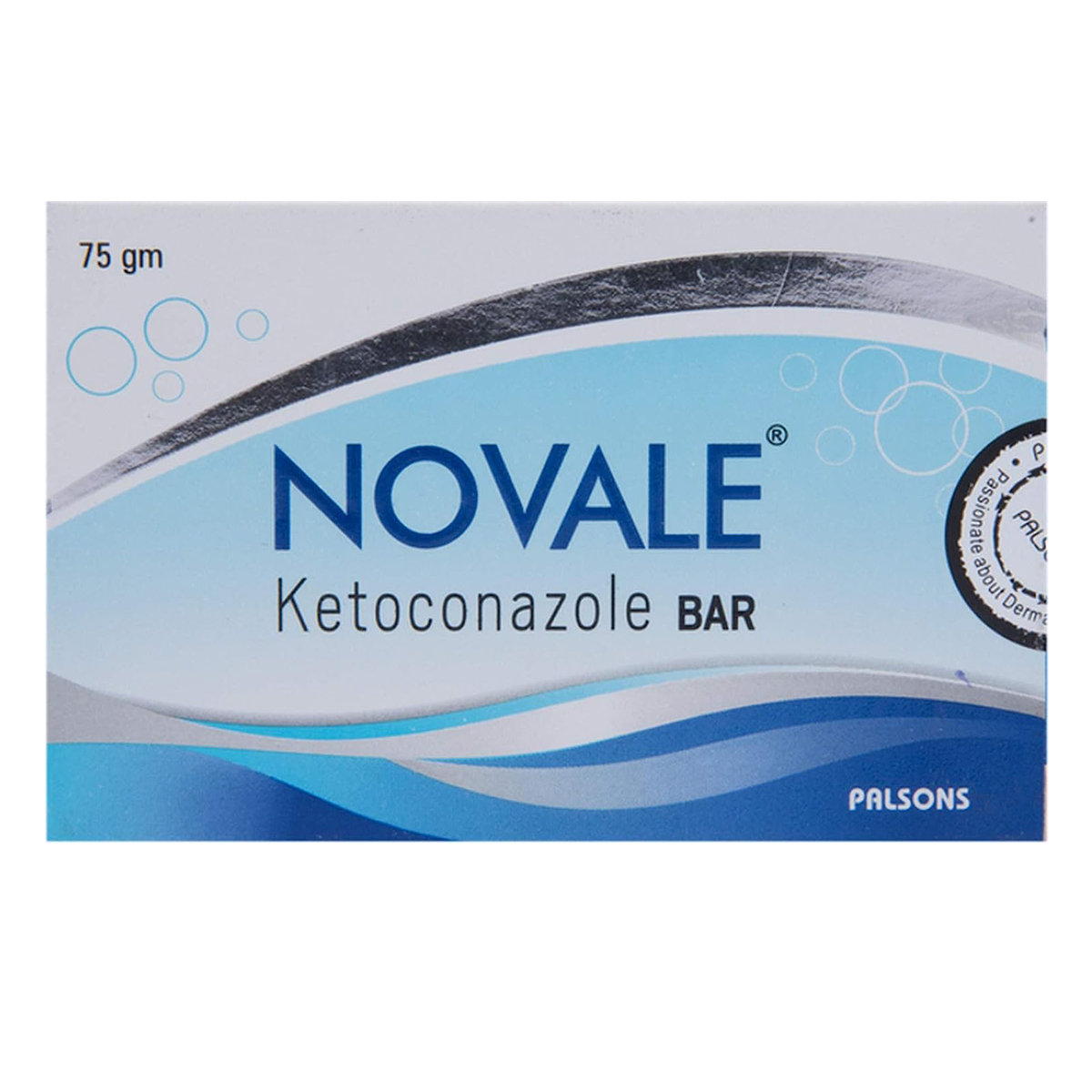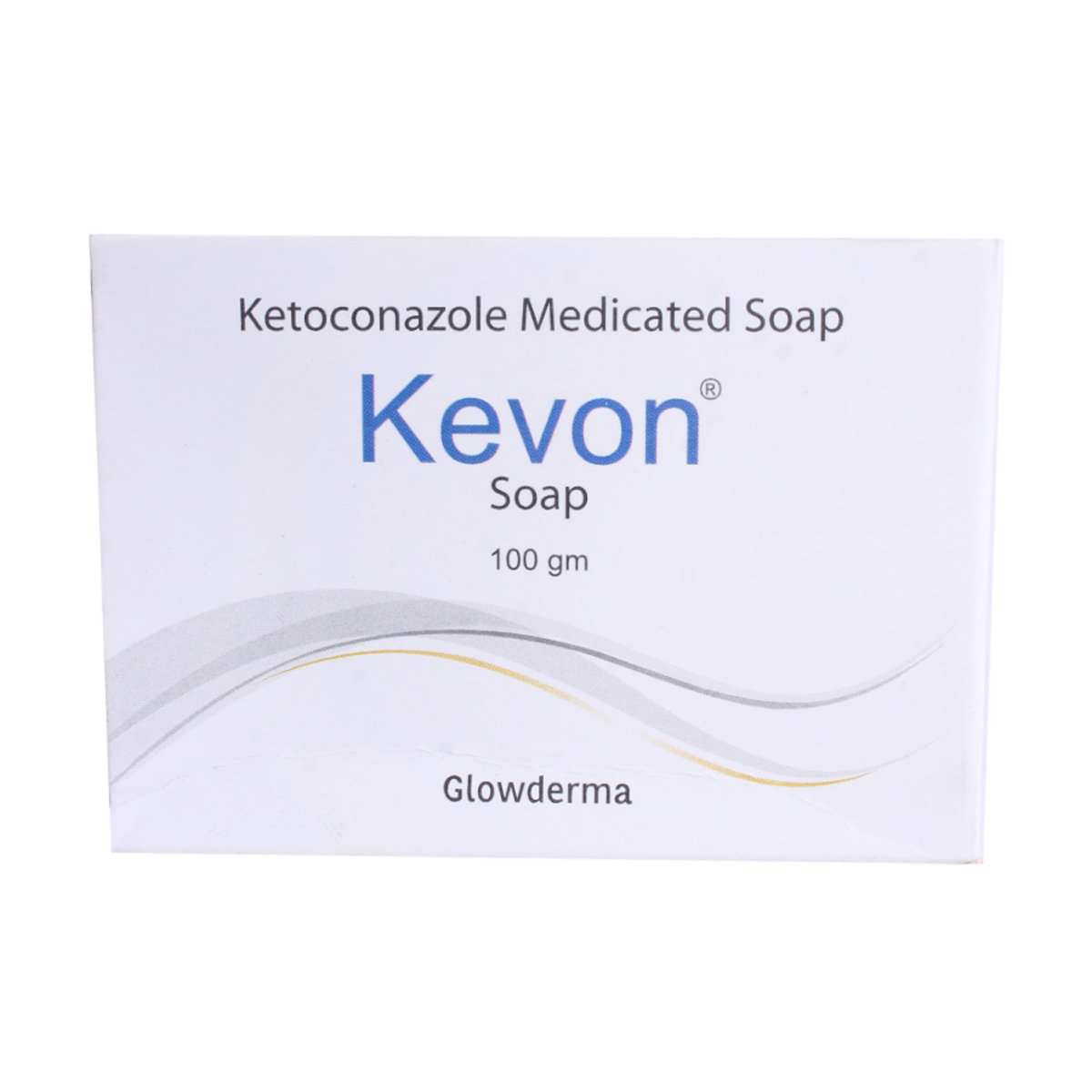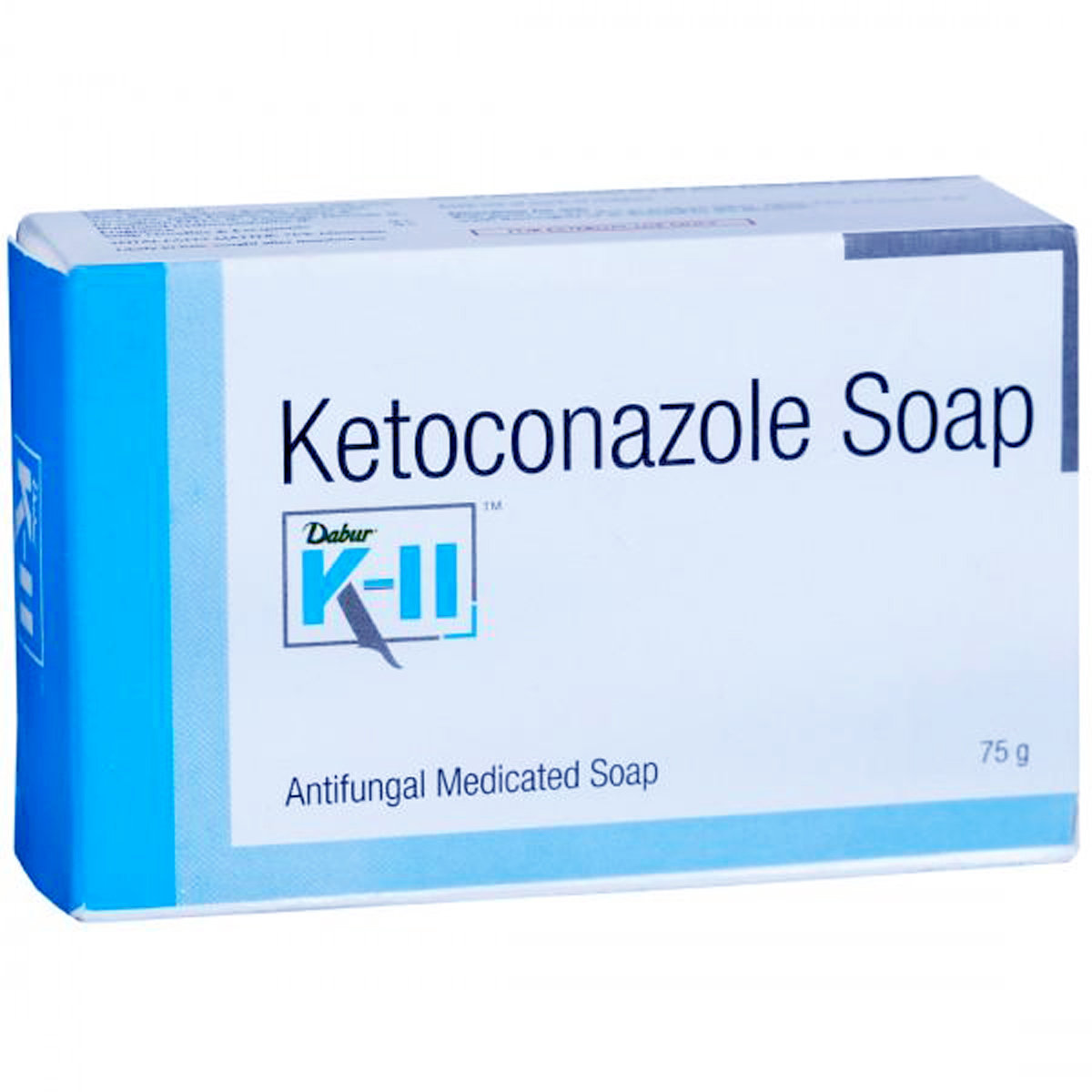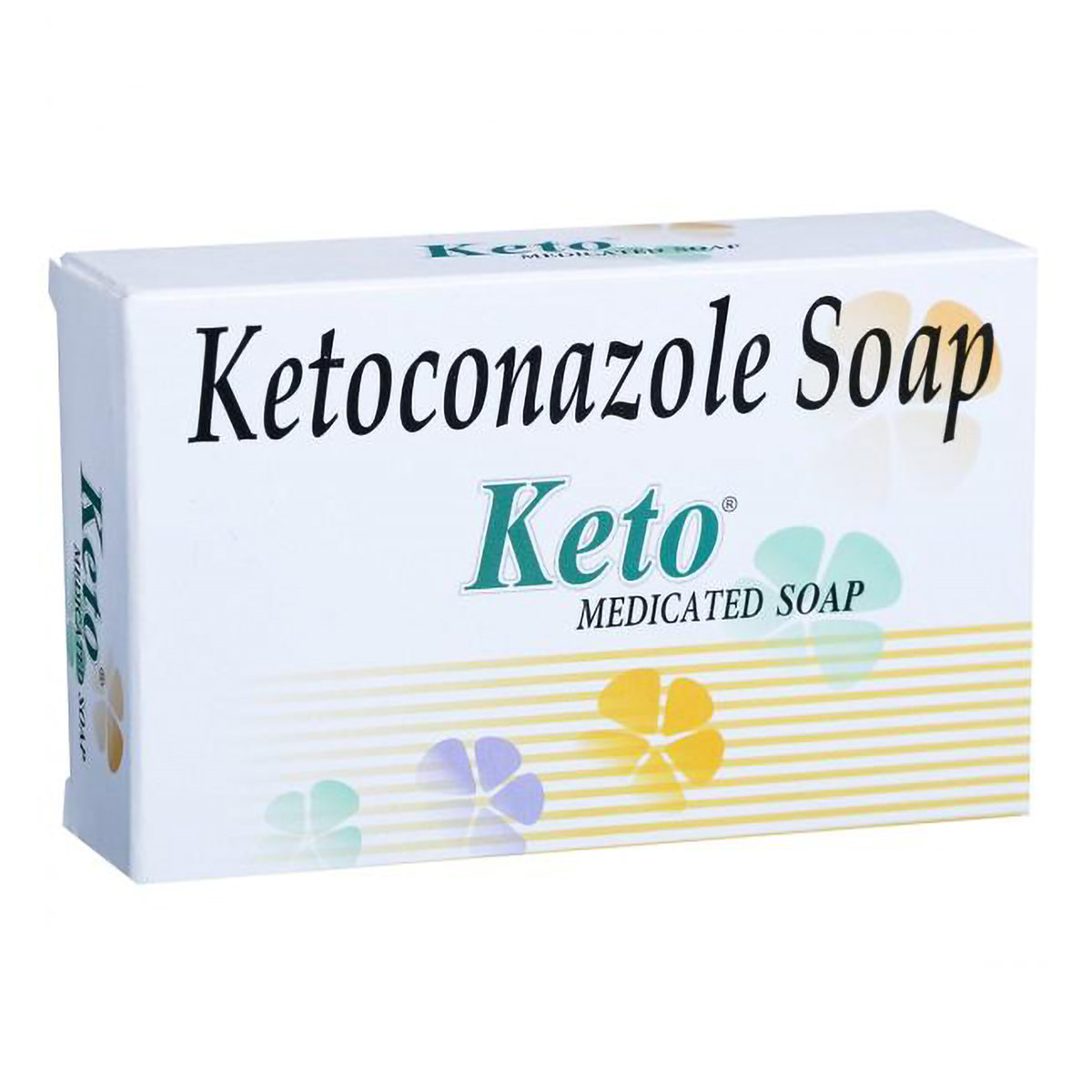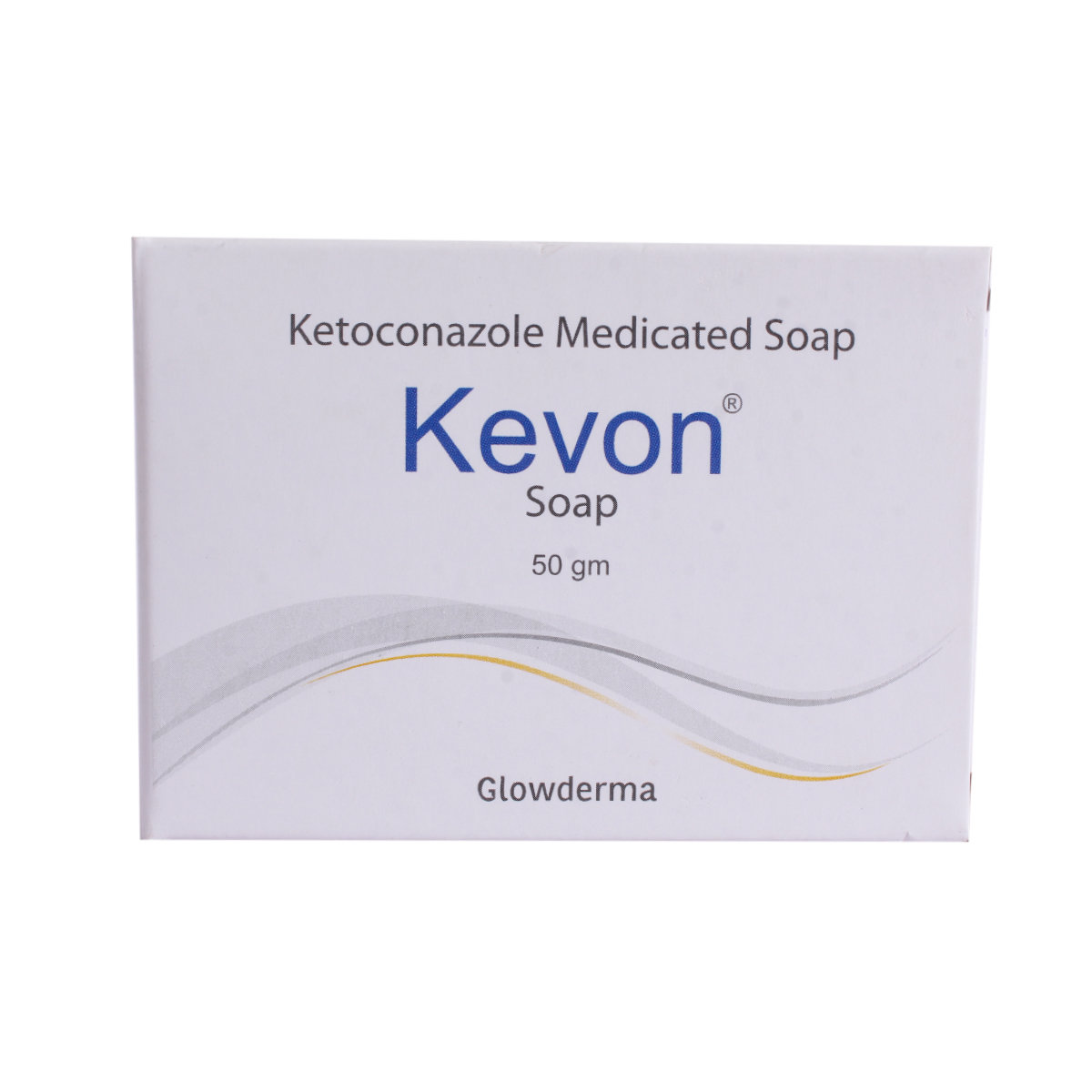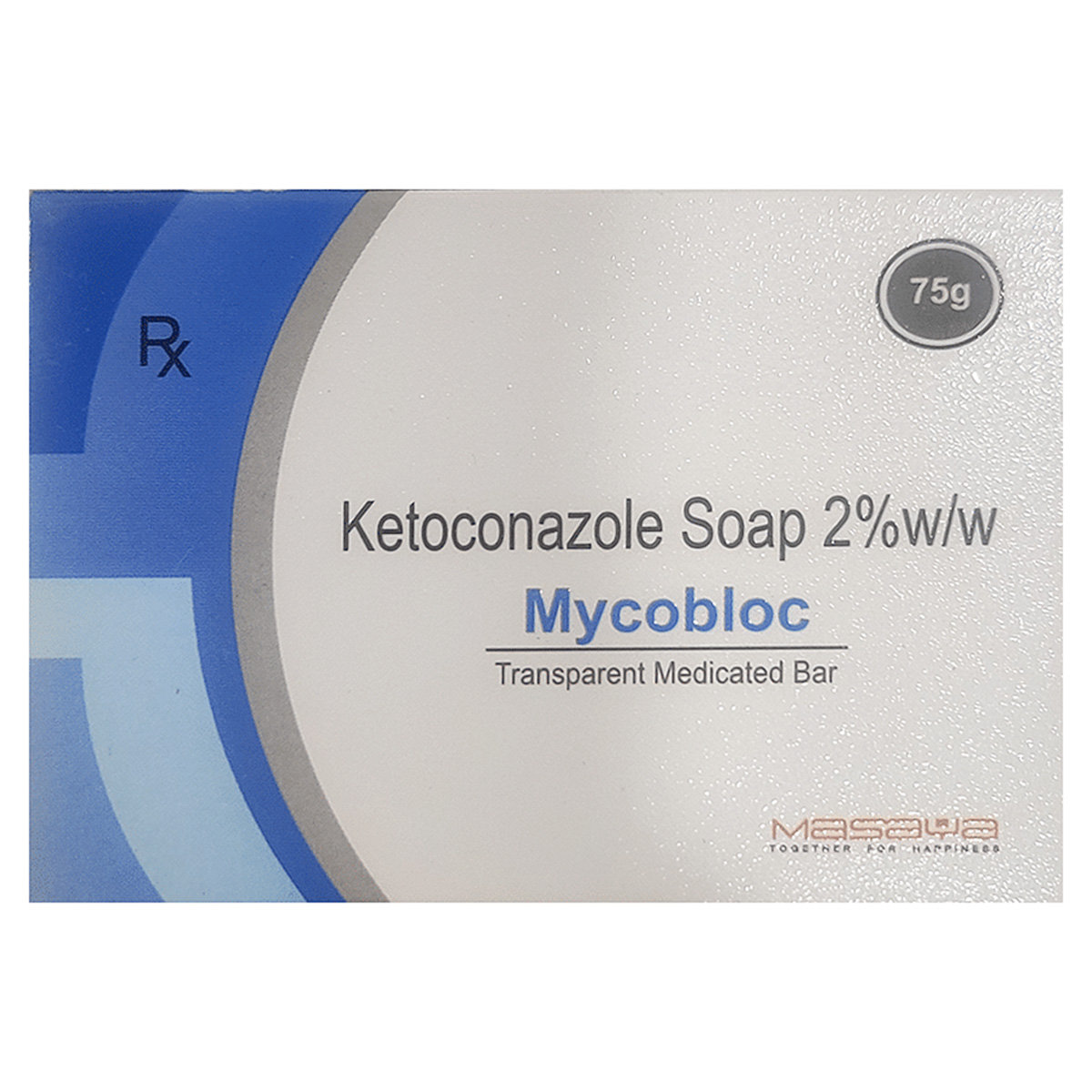- Home
- Kentia Soap
Kentia Soap Substitute
Kentia Soap Substitute
Medicine Composition:
KETOCONAZOLE-2%W/WAll Substitutes & Brand Comparisons
RX
K-One Soap 100 gm
Bio Swizz Pharmaceuticals
₹140.5
(₹1.27/ 1gm)
27% CHEAPERRX
Ketoberg Soap 125gm
₹160
(₹1.28/ 1gm)
26% CHEAPERRX
Ketocip 2% Soap 75 gm
Cipla Ltd
₹129
(₹1.29/ 1gm)
26% CHEAPERRX
Nizoclin Soap 100 gm
Canixa Life Sciences Pvt Ltd
₹160
(₹1.44/ 1gm)
17% CHEAPERRX
Upketo 2% Soap 75 gm
Innovative Life Sciences Pvt Ltd
₹124.5
(₹1.49/ 1gm)
14% CHEAPERRX
Ketaocean 2% Soap 75 gm
Skinocean Pharmaceuticals
₹137
(₹1.64/ 1gm)
6% CHEAPERRX
Kz Xl New Soap 125gm
Hegde & Hegde Pharmaceutica Llp
₹234
(₹1.69/ 1gm)
3% CHEAPERRX
KZ Soap 50 gm
Hegde & Hegde Pharmaceutica Llp
₹105.5
(₹1.9/ 1gm)
8% COSTLIERRX
Novale Soap Bar, 75 gm
Palsons Derma Pvt Ltd
₹161.5
(₹1.94/ 1gm)
10% COSTLIERRX
Kevon Soap 100 gm
Glowderma Lab Pvt Ltd
₹220.5
(₹1.99/ 1gm)
13% COSTLIERRX
K-II 2 Soap 75 gm
Dabur India Ltd
₹175
(₹2.1/ 1gm)
20% COSTLIERRX
Kz Soap, 75 gm
Hegde & Hegde Pharmaceutica Llp
₹176
(₹2.23/ 1gm)
27% COSTLIERRX
Kevon Soap 50 gm
Glowderma Lab Pvt Ltd
₹126
(₹2.27/ 1gm)
29% COSTLIERRX
Mycobloc 2% Soap 75 gm
Masaya Pharmaceuticals Pvt Ltd
₹229.5
(₹2.75/ 1gm)
57% COSTLIER

When Should You Consider Switching from Kentia Soap?
Patients may explore substitutes in the following scenarios:
- High monthly cost of Kentia Soap
- Non-availability in local pharmacies
- Generic recommendation by a doctor
- Side effects or better tolerability with alternatives
What to Know Before Switching
Before you switch from Kentia Soap to another medicine, here are some important points to keep in mind:
Same salt, different brands:
Most substitutes contain the same active ingredient - KETOCONAZOLE-2%W/W, but the fillers, coating, or manufacturing quality may vary slightly.
Consult your doctor first:
Even if the salt is the same, your doctor can confirm if the substitute is right for your condition, dosage, and health history.
Watch out for allergies or reactions:
Some people may react differently to certain brands due to inactive ingredients. If you notice any side effects, inform your doctor immediately.
Price ≠ effectiveness:
A lower-priced substitute doesn't mean it's less effective. Many generic medicines work just as well as branded ones.
Check the dosage form and strength:
Always match the substitute’s strength (e.g., 5mg, 10mg) and form (tablet, capsule, syrup) with what your doctor prescribed.
Uses
Kentia Soap is used to treat fungal skin infections. The detailed uses of Kentia Soap are as follows:
- Treatment of Fungal Infections: Kentia Soap treats various fungal skin infections, including ringworm, athlete's foot (tinea pedis), jock itch (tinea cruris), and body ringworm (tinea corporis).
- Relief from Inflammation: Kentia Soap reduces inflammation, itching, redness, and swelling, providing comfort for skin disorders and making treatment more bearable.
- Management of Skin Conditions: Kentia Soap is used to treat skin conditions like eczema, dermatitis, and psoriasis when caused by fungus.
- Post-Antibiotic Skin Care: After taking antibiotics, patients may be prone to fungal overgrowth. Kentia Soap helps prevent or treat fungal skin infections that can occur when antibiotics disrupt the skin's natural balance.
Medicinal Benefits
- Kentia Soap is an antifungal that is primarily used to treat fungal infections of the skin.
- The fungal cell membranes are essential for their survival as they prevent the entry of unwanted substances into the cells and stop the leakage of cell contents.
- Kentia Soap destroys the fungal cell membranes and kills fungi. Thereby, clears fungal infections and provides relief from cracking, burning, scaling, and itching of the skin caused due to infections.
FAQs
The substitutes of Kentia Soap contain the same active salt(s) - KETOCONAZOLE-2%W/W. However, they may differ in price, manufacturing quality, and inactive ingredients. Speak to your doctor to find a suitable option.
Switching to a generic substitute medicine in the place of Kentia Soap is often possible if it has the same salt, strength, and dosage form. But always check with your doctor before making any changes to your medication.
Generics versions of Kentia Soap are typically more affordable because they don’t include the original brand's research, development, and marketing costs. They contain the same active ingredient and are approved for safety and effectiveness.
Most people don’t notice any difference. However, some may react to different fillers or coatings. If you notice any unusual symptoms after switching, consult your doctor.
Make sure the new medicine has the same active salt, strength, dosage form. Always confirm the change with your doctor or pharmacist.
Substitutes of Kentia Soap meet the same safety and efficacy standards as Kentia Soap, but small differences in absorption or formulation can exist. A doctor can help you choose the right one for your needs.
Yes. Substitutes of Kentia Soap may vary in color, size, or shape due to differences in manufacturing and branding, but this does not affect how they work.
Yes, it’s generally safe to switch between multiple substitutes of Kentia Soap if they have the same salt and strength. However, always inform your doctor so they can monitor how your body responds.
Yes, many people safely use substitutes of Kentia Soap for long-term treatment. Just ensure it’s done under medical supervision.
If your symptoms stay under control or lab results remain stable, the substitute for Kentia Soap is likely working well. Regular follow-ups with your doctor are important.
Absolutely. Even with the same salt, small differences can affect how your body responds when switching from Kentia Soap to its substitute. Always consult your doctor before switching.
Kentia Soap is used to treat Fungal skin infections.
Kentia Soap works by damaging the fungal cell membranes that are essential for their survival as they prevent the entry of unwanted substances into the cells and stop the leakage of cell contents. Thus, it kills fungi and treats the infection.
Yes, fungal infection is a contagious skin condition that spreads from one person to another through direct skin-to-skin contact or by contact with contaminated soil or surfaces and infected animals. Therefore, it is recommended to avoid close direct contact until the infection is clear and avoid sharing things with the infected person as it can also spread the infection.
Yes, Kentia Soap may cause skin reactions such as contact dermatitis (red, itchy skin rash caused by direct contact with a certain substance) as it may contain stearyl alcohol and cetyl alcohol responsible for causing such skin reactions. However, if the irritation worsens or persists, please consult a doctor.
You are recommended to apply makeup or sunscreen to the treated area of the skin after a minimum of 20 minutes of using Kentia Soap.
You are recommended to use Kentia Soap for as long as your doctor has prescribed it. However, if the condition worsens or persists after 2 to 4 weeks of treatment with Kentia Soap, please consult a doctor.
You are not recommended to stop using Kentia Soap without consulting your doctor as it may cause recurring infections. Therefore, use Kentia Soap for as long as your doctor has prescribed it, and if you experience any difficulty while using Kentia Soap, please consult your doctor.
Kentia Soap contains Ketoconazole, typically used for fungal infections. Applying it on the face may not be suitable unless a doctor or dermatologist specifies it for a particular facial fungal infection.
No, Kentia Soap is not a steroid cream. It contains Ketoconazole, which is an antifungal medication used to treat fungal infections.
Common side effects of Kentia Soap include dry skin, itching, redness, and a burning sensation at the application site. However, it's essential to note that these side effects may occur in some individuals but not everyone. They are usually mild and temporary, but it's best to consult your doctor if they persist or worsen.
It's generally not recommended to use a steroid cream along with Kentia Soap without consulting your doctor first. Combining these medications may increase the risk of side effects or reduce their effectiveness. Always consult your doctor for guidance on using multiple medications simultaneously.
Before applying Kentia Soap, wash and dry the infected skin area. Take a small amount on your finger and gently apply it to the clean, dry, affected area and surrounding skin. Remember to use it for external purposes only, avoiding contact with eyes, nose, and mouth. If accidental contact occurs, rinse with water thoroughly. Finally, wash your hands before and after application unless your hands are the affected area.
If you forget to use Kentia Soap, apply it as soon as you remember. Then, continue with your regular application schedule. Do not apply extra cream to make up for the missed dose.
Kentia Soap contains Ketoconazole, which works by damaging the fungal cell membranes, which are essential for their survival as they prevent the entry of unwanted substances into the cells and stop the leakage of cell contents. Thus, it kills fungi and yeast.
Do not use Kentia Soap during pregnancy unless advised by your doctor. They will assess the benefits and risks and provide personalized guidance.
Unless your doctor advises, do not use other medicated topical products with Kentia Soap.
If you see no improvement after using Kentia Soap, consult your doctor. They will assess your condition and provide further guidance or recommend alternative treatments.


